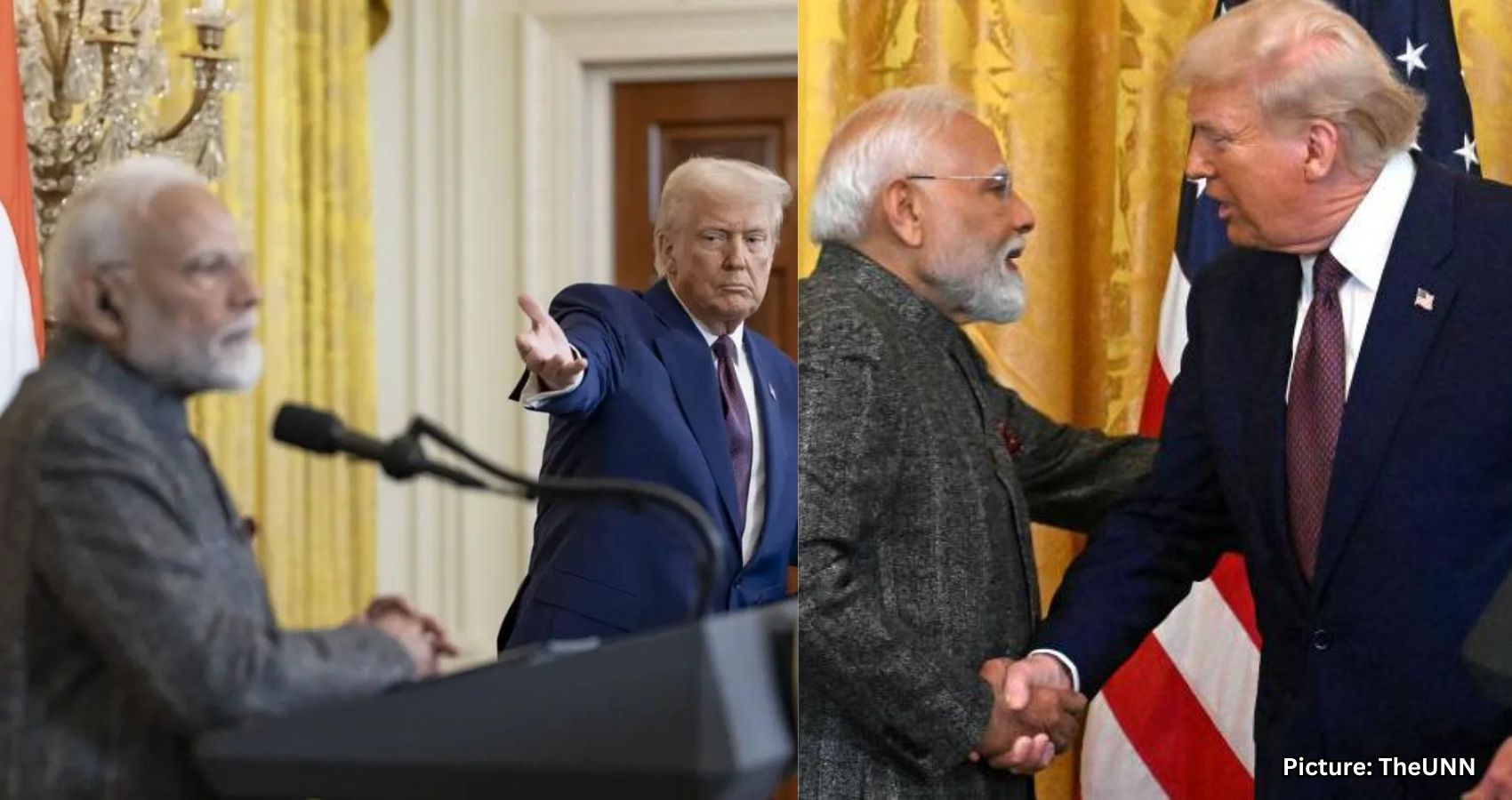India and the United States must navigate their trade relationship to avoid unnecessary tariffs and foster a mutually beneficial partnership, especially in light of recent economic developments.
In the evolving landscape of international trade, the relationship between India and the United States is at a critical juncture. As both nations seek to bolster their economies, the need for a fair and balanced trade agreement has never been more pressing.
Reflecting on my personal experience from 25 years ago, I recall attempting to send my seven-year-old used car to India as a gift for my parents. Upon learning that the customs duty would amount to approximately 100%, I quickly abandoned the idea. At that time, such protective measures were understandable, given India’s economic climate. However, the situation has changed dramatically, as India is now recognized as the fastest-growing major economy, expanding at a remarkable rate of 6.5%.
In this context, it is essential to consider the fairness of trade practices. I find myself in agreement with former President Trump’s assertion that trade should not be a one-sided affair. His efforts to level the playing field are commendable, and it is crucial for India to respond appropriately.
Countries such as the European Union, Japan, and South Korea have successfully negotiated compromise tariff rates around 15%. It raises the question: why can’t India, under the leadership of Piyush Goyal, achieve similar results? India had the opportunity to be among the first nations to sign a comprehensive trade deal, yet it appears that Goyal’s team may have missed a significant opportunity by rejecting a deal that was reportedly on the table. This decision could prove to be a costly mistake.
In light of these developments, it may be time for a change in leadership regarding trade negotiations. Prime Minister Modi’s direct involvement could provide the necessary clarity and urgency to rectify the current situation. Modi has established a strong rapport with President Trump over the past eight to nine years, highlighted by memorable moments such as their joint appearance at the “Howdy Modi” rally in Houston and Trump’s warm reception in Ahmedabad in 2020.
The strategic partnerships that have developed between the two nations in defense, space, and other sectors should not be jeopardized over a few percentage points in a trade deal. Such a stance would be short-sighted and detrimental to both countries’ interests.
The recent imposition of tariffs on Russian oil can be viewed as a consequence of the dissatisfaction stemming from the stalled trade negotiations. Had a deal been finalized earlier, it is likely that such measures would not have been enacted so overtly. Additionally, the apparent warming of relations between India and Pakistan could complicate matters further.
India, under Prime Minister Modi’s leadership, has made significant strides and is well-positioned to enhance its global standing. The United States, particularly under Trump’s administration, has also shown resilience and strength. This moment presents an opportunity to restore and even strengthen the bilateral relationship. It is crucial not to squander this chance. If the U.S. were to finalize a trade agreement with China before India, it would leave a lasting impression and be viewed as a missed opportunity.
To those in the Indian American community, such as Shashi Tharoor, it is important to recognize that while we are part of the Indian diaspora, our primary identity is as Americans. We must advocate for our interests and encourage India to take the necessary steps to facilitate a successful trade agreement. Placing the burden solely on the shoulders of the diaspora is not a prudent approach.
This issue transcends individual interests; it is fundamentally about fairness in trade. As we look to the future, it is imperative that both India and the United States work together to create a balanced and equitable trade framework that benefits both nations and their citizens.
Source: Original article

